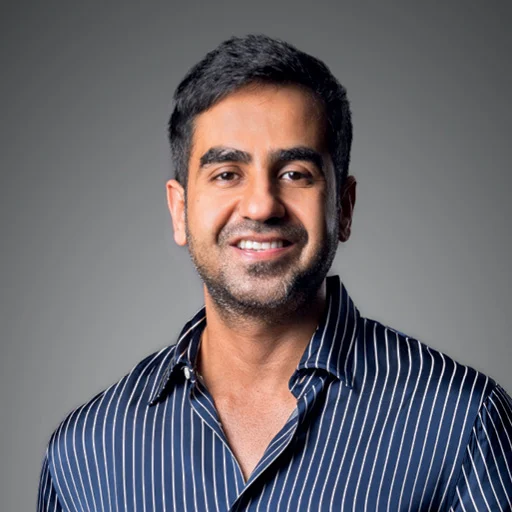Premiumisation, aspirational consumers from outside metros driving India’s beauty market boom, say guests on Nikhil Kamath’s 'WTF Is' podcast
Premiumisation, aspirational consumers from outside metros driving India’s beauty market boom, say guests on Nikhil Kamath’s 'WTF Is' podcast.

India’s beauty market is entering a second decade of transformation—one being shaped as much in Coimbatore and Indore as in Mumbai and Delhi, with fragrances, premiumisation, and Tier II consumers leading the growth story, said industry leaders on the latest episode of Zerodha co-founder Nikhil Kamath’s WTF is podcast.
Premiumisation is emerging as a key driver of India’s booming beauty and skincare market, with aspirational consumers from Tier II and Tier III cities contributing to the bulk of the growth. “It’s premiumisation across the board,” said Bhakti Modi, CEO of Reliance-backed Tira, and one of the panelists on the podcast. While products priced above ₹1,000 are classified as premium in the $21 billion market, those above ₹2,300–2,500 fall into the prestige category. Though the prestige market is small at $0.8 billion, it is expanding rapidly, particularly in Tier II and Tier III cities where aspirational consumers are upgrading.
Another key trend is the emergence of fragrance as the fastest-growing disruptor in the industry. Younger consumers are creating “scent wardrobes,” layering perfumes, and experimenting with gender-neutral notes. Gourmand fragrances such as pistachio, caramel, and vanilla are leading the trend. “Fragrance is going really fast,” Shantanu Deshpande, Founder of Bombay Shaving Company said as he called it the breakout category in beauty.
Beyond product and price, community and influence are proving to be decisive, said Diipa Khosla, Founder of Inde Wild. “You can copy a product, you can copy branding, but you cannot copy a community,” she said, emphasising the role of micro-influencers and authentic storytelling in building trust and driving conversions.
Innovation is also reshaping the sector. Ayurveda is being recast as “Ayurvedistry,” merging traditional ingredients with modern chemistry. AI is enabling personalised beauty recommendations, though offline channels remain dominant. Celebrity-backed brands continue to have potential, but only if they combine authenticity with strong product fundamentals.
The guests also broke down the market share: haircare segment led at $7–8 billion, followed by skincare at $6 billion, makeup at $3 billion, and fragrances at another $3 billion. Overall, the guests claimed, the beauty segment is growing at 10% annually, outpacing broader personal care.
However, Deshpande lamented that growth was highly uneven. “If you want to build a large business, you have to do it in the belly of the market,” he noted, highlighting that India remains mass-driven even as top-end segments gain traction.
The industry leaders had a piece of advice for those looking to enter the market: identify white spaces, focus on a hero product, anchor growth in purpose, and prepare for the long term. “Ninety-three per cent of a company’s market value is created in the second decade,” Deshpande said.
